Home>Home Appliances>Heating & Cooling>How To Humidify A Forced Air Heating Hose
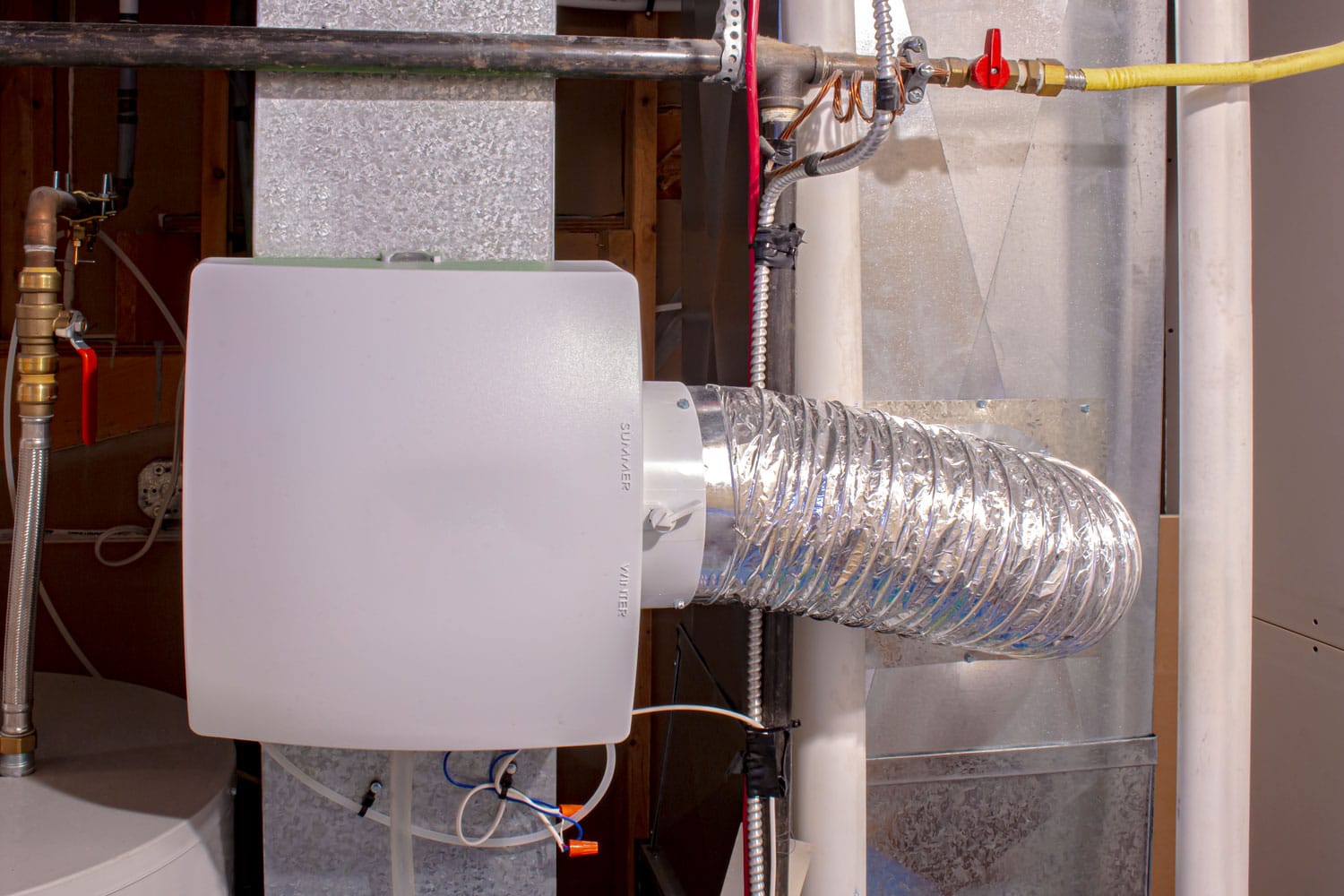

Heating & Cooling
How To Humidify A Forced Air Heating Hose
Published: February 16, 2024
Learn how to effectively humidify a forced air heating system with our expert tips and techniques. Improve your heating and cooling system for better indoor air quality.
(Many of the links in this article redirect to a specific reviewed product. Your purchase of these products through affiliate links helps to generate commission for Storables.com, at no extra cost. Learn more)
Introduction
Forced air heating systems are a common feature in many homes and commercial buildings, providing efficient and effective heating during the colder months. These systems work by distributing heated air through a network of ducts and vents, ensuring that every corner of the space receives warmth. While forced air heating systems offer numerous benefits, they can also lead to a drier indoor environment, especially during the winter season.
The lack of moisture in the air can result in discomfort for occupants, causing dry skin, irritated nasal passages, and even respiratory issues. Additionally, dry air can also impact the structural integrity of the building, leading to issues such as cracked woodwork and peeling paint. To combat these challenges and create a more comfortable and healthy indoor environment, it is essential to consider the humidification of forced air heating systems.
In this comprehensive guide, we will delve into the intricacies of humidifying forced air heating systems, exploring the importance of maintaining optimal humidity levels and the various methods available for achieving this. Whether you are a homeowner looking to enhance the comfort of your living space or a facilities manager seeking to improve the indoor air quality of a commercial building, understanding the nuances of humidification in forced air heating systems is crucial.
By the end of this guide, you will have a clear understanding of the significance of humidification, the different approaches to achieving balanced humidity levels, and the steps involved in selecting, installing, and maintaining a suitable humidification system for your forced air heating setup. Let's embark on this journey to unlock the secrets of creating a harmonious balance between warmth and moisture within your living or working environment.
Key Takeaways:
- Maintaining balanced humidity in forced air heating systems is crucial for comfort, health, and property preservation. It enhances well-being and creates a cozy indoor environment, promoting a better quality of life for occupants.
- Choosing the right humidification method, proper installation, and regular maintenance are essential for effective operation. By addressing dry air challenges, individuals can create a healthier and more inviting living or working space.
Read more: When Did Forced Air Heating Start?
Understanding Forced Air Heating Systems
Forced air heating systems are a popular choice for heating residential and commercial spaces due to their efficiency and widespread availability. These systems operate by using a furnace to heat air, which is then distributed throughout the building via a network of ducts and vents. The heated air is propelled into each room, providing consistent warmth and comfort.
The key components of a forced air heating system include the furnace, which can be powered by electricity, natural gas, propane, or oil, and the ductwork, which serves as the pathway for the heated air to travel from the furnace to the various rooms. Additionally, the system is equipped with a thermostat that allows users to control the temperature settings, ensuring a comfortable indoor environment.
One of the primary advantages of forced air heating systems is their ability to quickly and evenly distribute heat throughout the building. This rapid heat distribution is facilitated by the forced air mechanism, which pushes the heated air through the ducts at a steady pace. As a result, occupants can enjoy a cozy atmosphere without enduring prolonged waiting times for the entire space to warm up.
Furthermore, forced air heating systems can be integrated with advanced technologies such as programmable thermostats and zoning systems, allowing for precise temperature control and energy efficiency. These features enable users to customize heating schedules based on their daily routines and allocate heating resources to specific areas of the building as needed, thereby optimizing energy usage and reducing utility costs.
However, despite their effectiveness in delivering warmth, forced air heating systems can also introduce challenges related to indoor air quality. The continuous circulation of air through the ductwork can lead to a reduction in humidity levels, especially during the winter months when the outdoor air is naturally drier. This decrease in humidity can result in discomfort for occupants and may contribute to issues such as dry skin, respiratory irritation, and static electricity buildup.
Understanding the fundamental operation and components of forced air heating systems is essential for comprehending the impact of these systems on indoor air quality and comfort. By gaining insight into how these systems function, individuals can make informed decisions regarding the implementation of humidification solutions to address the potential drawbacks associated with dry air.
Importance of Humidifying Forced Air Heating Systems
Maintaining optimal humidity levels within a building's indoor environment is crucial for ensuring the comfort and well-being of its occupants. When it comes to forced air heating systems, the significance of humidification becomes particularly pronounced due to the potential for dry air to cause various discomforts and issues.
Health and Comfort
Humidifying forced air heating systems is essential for mitigating the adverse effects of dry air on human health and comfort. Low humidity levels can lead to dry and itchy skin, irritated nasal passages, and sore throats, making the indoor environment less hospitable. By introducing moisture into the air, the discomfort associated with dryness can be alleviated, creating a more pleasant and soothing atmosphere for occupants.
Respiratory Health
Inadequate humidity levels can exacerbate respiratory conditions such as asthma and allergies, as dry air may irritate the respiratory tract and trigger symptoms. Proper humidification can help soothe respiratory passages and reduce the likelihood of respiratory discomfort, providing relief for individuals with preexisting respiratory issues.
Preservation of Property
In addition to its impact on human health, maintaining appropriate humidity levels is essential for preserving the structural integrity of the building and its contents. Dry air can cause woodwork to shrink and crack, leading to potential damage to furniture, flooring, and musical instruments. Furthermore, maintaining balanced humidity levels can prevent paint from peeling and minimize the risk of electronic devices experiencing static electricity-related issues.
Energy Efficiency
Humidifying forced air heating systems can also contribute to energy efficiency. By maintaining adequate humidity levels, occupants may feel warmer at lower temperatures, allowing for a reduction in heating settings. This can lead to energy savings and lower utility costs while still ensuring a comfortable indoor environment.
Overall Well-Being
Balanced humidity levels can positively impact overall well-being, promoting a more harmonious and inviting indoor atmosphere. By addressing the challenges associated with dry air, such as discomfort and potential health issues, proper humidification can enhance the overall quality of life for individuals within the space.
Recognizing the importance of humidifying forced air heating systems underscores the need to prioritize indoor air quality and occupant comfort. By addressing the effects of dry air through effective humidification, individuals can create a healthier, more pleasant, and sustainable indoor environment.
Methods for Humidifying Forced Air Heating Systems
Humidifying forced air heating systems can be achieved through various methods, each offering unique advantages and considerations. The selection of a suitable humidification method depends on factors such as the size of the space, existing HVAC infrastructure, and desired level of control over humidity levels. Here are several effective methods for humidifying forced air heating systems:
Read more: Why Is Forced Air Heating Noisy
1. Whole-House Humidifiers
Whole-house humidifiers are integrated directly into the HVAC system, allowing for centralized control of indoor humidity levels. These systems work in conjunction with the heating system to distribute moisture throughout the entire building, ensuring consistent humidity levels in every room. Whole-house humidifiers are available in different types, including bypass, fan-powered, and steam humidifiers, each offering specific benefits in terms of installation flexibility and efficiency.
2. Portable Humidifiers
Portable humidifiers offer a flexible and cost-effective solution for humidifying individual rooms or specific areas within a building. These devices are standalone units that can be moved as needed, providing localized humidity control. Portable humidifiers come in various forms, such as ultrasonic, evaporative, and steam vaporizers, catering to different preferences and room sizes. While they offer versatility, it's important to monitor and maintain portable humidifiers regularly to prevent the buildup of mineral deposits and ensure optimal performance.
3. Duct-Mounted Humidifiers
Duct-mounted humidifiers are installed directly into the HVAC ductwork, introducing moisture into the air as it passes through the system. These humidifiers are designed to integrate seamlessly with forced air heating systems, delivering enhanced humidity control and distribution. By humidifying the air at the duct level, these systems can effectively address dryness throughout the entire building, making them a convenient and comprehensive solution for maintaining balanced indoor humidity levels.
4. Ultrasonic Humidification Technology
Ultrasonic humidifiers utilize advanced technology to produce a fine mist of water vapor, which is then dispersed into the air. These devices are known for their whisper-quiet operation and energy efficiency, making them a popular choice for humidifying forced air heating systems. Ultrasonic humidifiers are available in both portable and whole-house configurations, offering a modern and effective approach to introducing moisture into the indoor environment.
Read more: How To Save Money With Forced Air Heating
5. Humidistat-Controlled Systems
Humidistat-controlled systems are equipped with sensors that monitor the humidity levels within the building. Based on the readings, these systems automatically adjust the operation of the humidification equipment to maintain the desired level of humidity. Humidistat-controlled systems offer precise and hands-free management of indoor humidity, ensuring that occupants experience optimal comfort without the need for constant manual adjustments.
By exploring these methods for humidifying forced air heating systems, individuals can identify the most suitable approach for addressing dry air and enhancing indoor comfort. Whether opting for whole-house integration, portable solutions, or advanced humidification technologies, the goal remains consistent: to create a balanced and inviting indoor environment where occupants can thrive amidst optimal humidity levels.
Choosing the Right Humidification System
Selecting the appropriate humidification system for a forced air heating setup is a critical decision that directly impacts indoor air quality and occupant comfort. When evaluating the options available, several factors should be considered to ensure that the chosen system aligns with the specific needs and requirements of the building or living space.
First and foremost, the size of the area to be humidified plays a significant role in determining the most suitable system. For larger buildings or homes with a centralized HVAC system, whole-house humidifiers offer comprehensive coverage, effectively distributing moisture throughout the entire space. These systems integrate seamlessly with the existing heating infrastructure, providing consistent humidity levels across multiple rooms and floors.
In contrast, smaller or localized spaces may benefit from portable humidifiers, which offer flexibility and targeted humidity control. Portable units are ideal for addressing specific areas that require additional moisture, such as bedrooms or home offices. When selecting a portable humidifier, factors such as room size, maintenance requirements, and noise levels should be taken into account to ensure optimal performance and user satisfaction.
Additionally, the type of humidification technology employed by the system is a crucial consideration. For those seeking energy-efficient and low-maintenance solutions, ultrasonic humidifiers present an attractive option. These devices utilize advanced technology to produce a fine mist of water vapor, offering whisper-quiet operation and effective moisture dispersion. Alternatively, duct-mounted humidifiers provide a seamless integration with forced air heating systems, delivering enhanced humidity control and distribution throughout the building's ductwork.
Furthermore, the level of control and automation desired should be factored into the decision-making process. Humidistat-controlled systems offer hands-free management of indoor humidity, utilizing sensors to monitor and adjust humidity levels automatically. This feature is particularly beneficial for maintaining consistent comfort without the need for manual intervention, making it an appealing choice for those seeking a hassle-free humidification solution.
Ultimately, the selection of the right humidification system hinges on a thorough assessment of the specific requirements, spatial considerations, and desired level of control. By carefully evaluating these factors and exploring the diverse options available, individuals can make an informed decision that enhances indoor air quality, promotes occupant comfort, and contributes to a healthier and more inviting living or working environment.
Installing and Maintaining the Humidification System
Proper installation and ongoing maintenance are crucial aspects of ensuring the effective and efficient operation of a humidification system within a forced air heating setup. Whether integrating a whole-house humidifier into the existing HVAC system or deploying portable humidifiers for targeted humidity control, the following guidelines can help facilitate a seamless installation process and establish a proactive maintenance routine.
Installation Process
-
Professional Assessment: Before proceeding with the installation, it is advisable to seek a professional assessment of the building's HVAC system and layout. This evaluation can help determine the most suitable location for integrating the humidification system and ensure compatibility with the existing infrastructure.
-
Whole-House Integration: For whole-house humidifiers, professional installation by a qualified HVAC technician is recommended. This involves connecting the humidifier to the HVAC ductwork and integrating it with the heating system to enable centralized humidity control.
-
Portable Units: When installing portable humidifiers, carefully follow the manufacturer's instructions for setup and placement. Ensure that the units are positioned in areas where they can effectively disperse moisture without obstructing airflow or posing safety hazards.
-
Electrical and Water Connections: If the humidification system requires electrical or water connections, enlist the assistance of a licensed electrician or plumber to ensure compliance with safety standards and building codes.
Read more: How To Balance Forced Air Heating System
Maintenance Practices
-
Regular Cleaning: Regardless of the type of humidification system, routine cleaning is essential to prevent the buildup of mineral deposits, mold, and bacteria. Follow the manufacturer's guidelines for cleaning and disinfecting the components to maintain optimal performance and indoor air quality.
-
Filter Replacement: Whole-house humidifiers and duct-mounted units may feature filters that require periodic replacement. Monitor the condition of these filters and adhere to the recommended replacement schedule to uphold the system's efficiency and longevity.
-
Humidistat Calibration: If the system is equipped with a humidistat for automatic humidity control, periodic calibration may be necessary to ensure accurate readings and consistent performance. Consult the user manual or a qualified technician for proper calibration procedures.
-
Inspection of Water Supply: For systems that utilize water sources, such as steam or evaporative humidifiers, regular inspection of the water supply is essential to identify and address any issues related to water quality, pressure, or flow.
-
Professional Maintenance: Consider scheduling annual maintenance checks with an HVAC professional to assess the overall condition of the humidification system, address any potential issues, and optimize its performance for the upcoming heating season.
By adhering to these installation and maintenance practices, individuals can maximize the benefits of their chosen humidification system, promote a healthier indoor environment, and ensure long-term functionality and reliability.
Conclusion
In conclusion, the proper humidification of forced air heating systems is a pivotal aspect of maintaining a comfortable, healthy, and sustainable indoor environment. By addressing the challenges associated with dry air, individuals can significantly enhance the well-being of occupants and preserve the structural integrity of the building. The importance of maintaining optimal humidity levels cannot be overstated, as it directly impacts human health, property preservation, energy efficiency, and overall comfort.
Understanding the various methods for humidifying forced air heating systems provides individuals with the knowledge needed to make informed decisions regarding the selection and implementation of suitable humidification solutions. Whether opting for whole-house integration, portable units, or advanced technologies, the goal remains consistent: to create a balanced and inviting indoor environment where occupants can thrive amidst optimal humidity levels.
Furthermore, the process of choosing the right humidification system involves a thorough assessment of spatial considerations, existing HVAC infrastructure, and the desired level of control. By carefully evaluating these factors and exploring the diverse options available, individuals can make informed decisions that contribute to a healthier and more inviting living or working environment.
The installation and maintenance of humidification systems are equally crucial, as they ensure the effective and efficient operation of the chosen system. Proper installation, regular cleaning, filter replacement, and professional maintenance checks are essential practices that help maximize the benefits of humidification systems, promoting a healthier indoor environment and ensuring long-term functionality and reliability.
In essence, the effective humidification of forced air heating systems is a multifaceted endeavor that encompasses health, comfort, property preservation, and energy efficiency. By prioritizing the maintenance of balanced humidity levels, individuals can create a harmonious indoor environment that fosters well-being and enhances the overall quality of life for occupants. Embracing the principles of proper humidification empowers individuals to transform their living and working spaces into havens of comfort, vitality, and sustainability.
Frequently Asked Questions about How To Humidify A Forced Air Heating Hose
Was this page helpful?
At Storables.com, we guarantee accurate and reliable information. Our content, validated by Expert Board Contributors, is crafted following stringent Editorial Policies. We're committed to providing you with well-researched, expert-backed insights for all your informational needs.
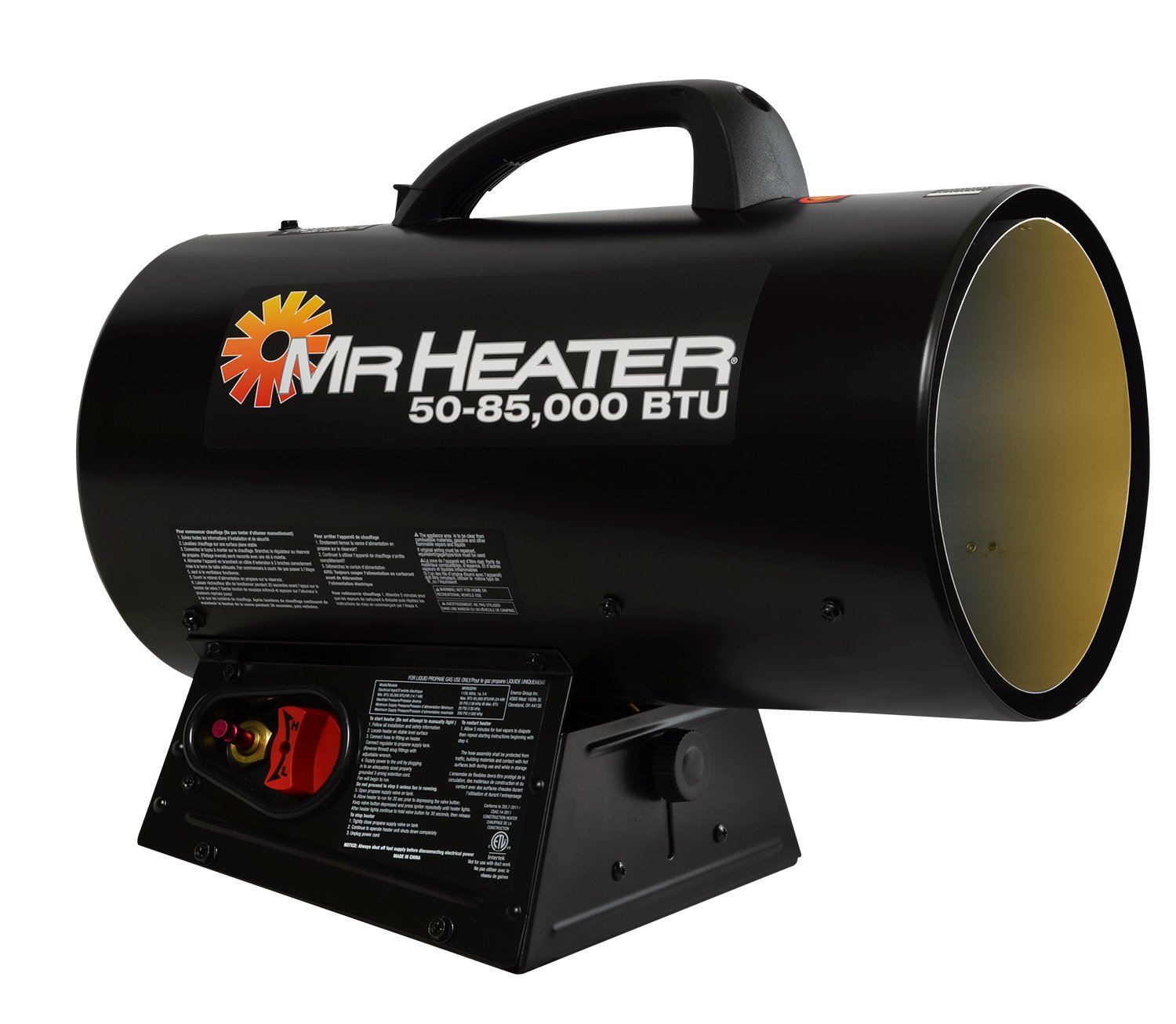
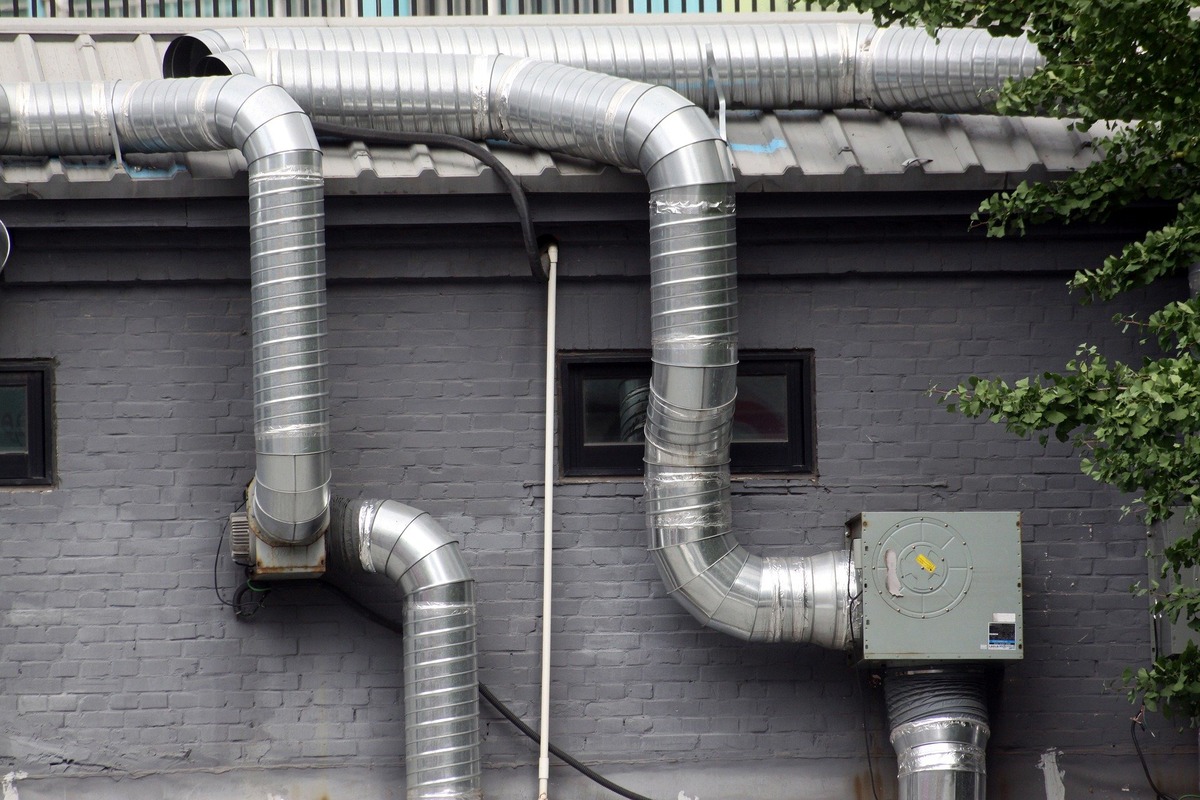
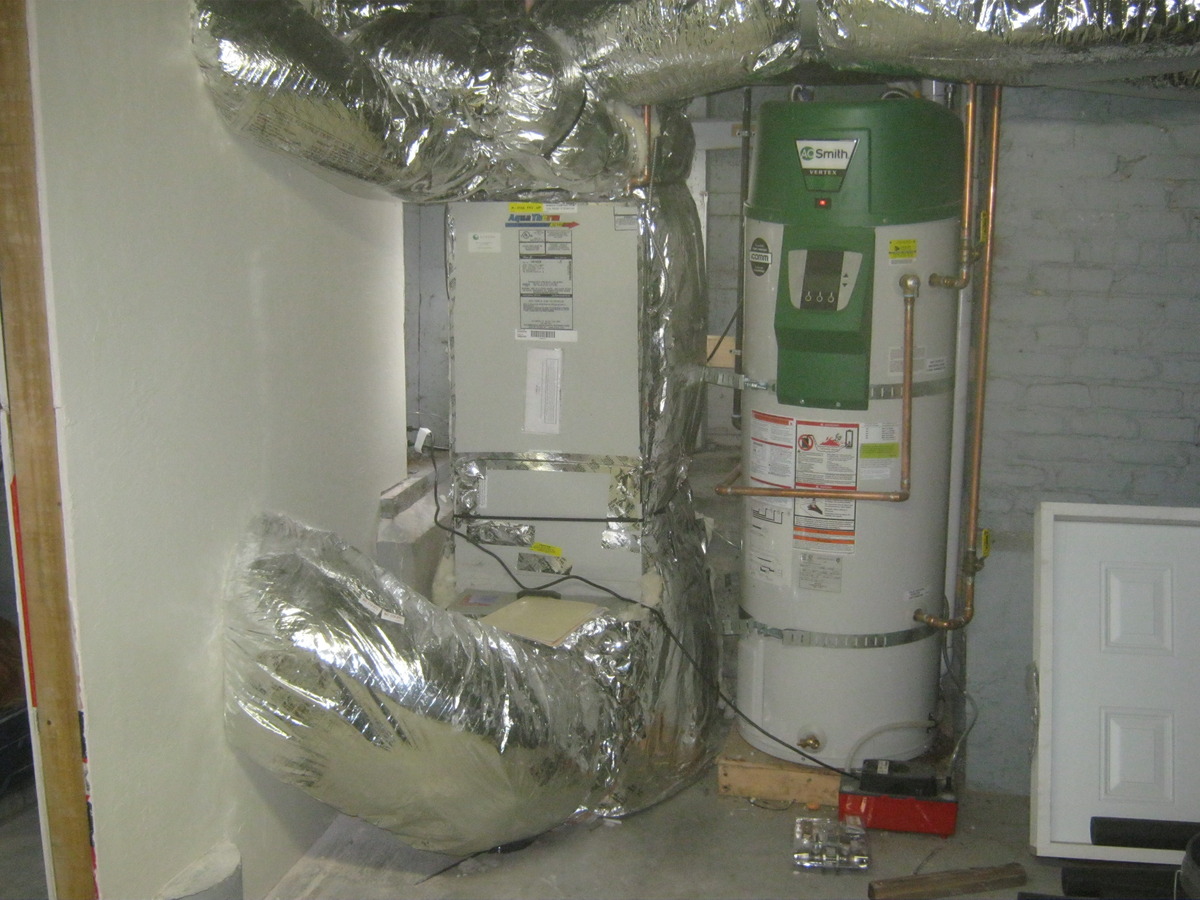
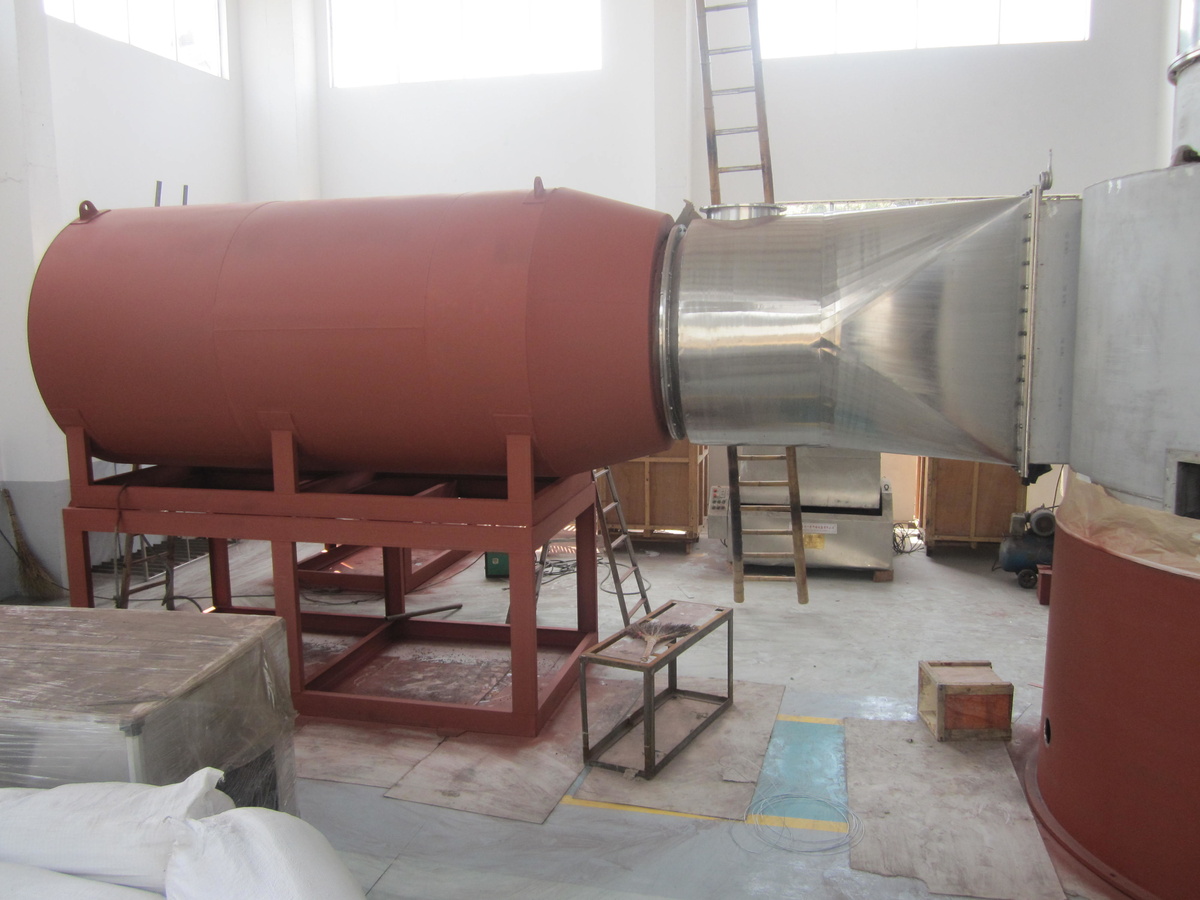
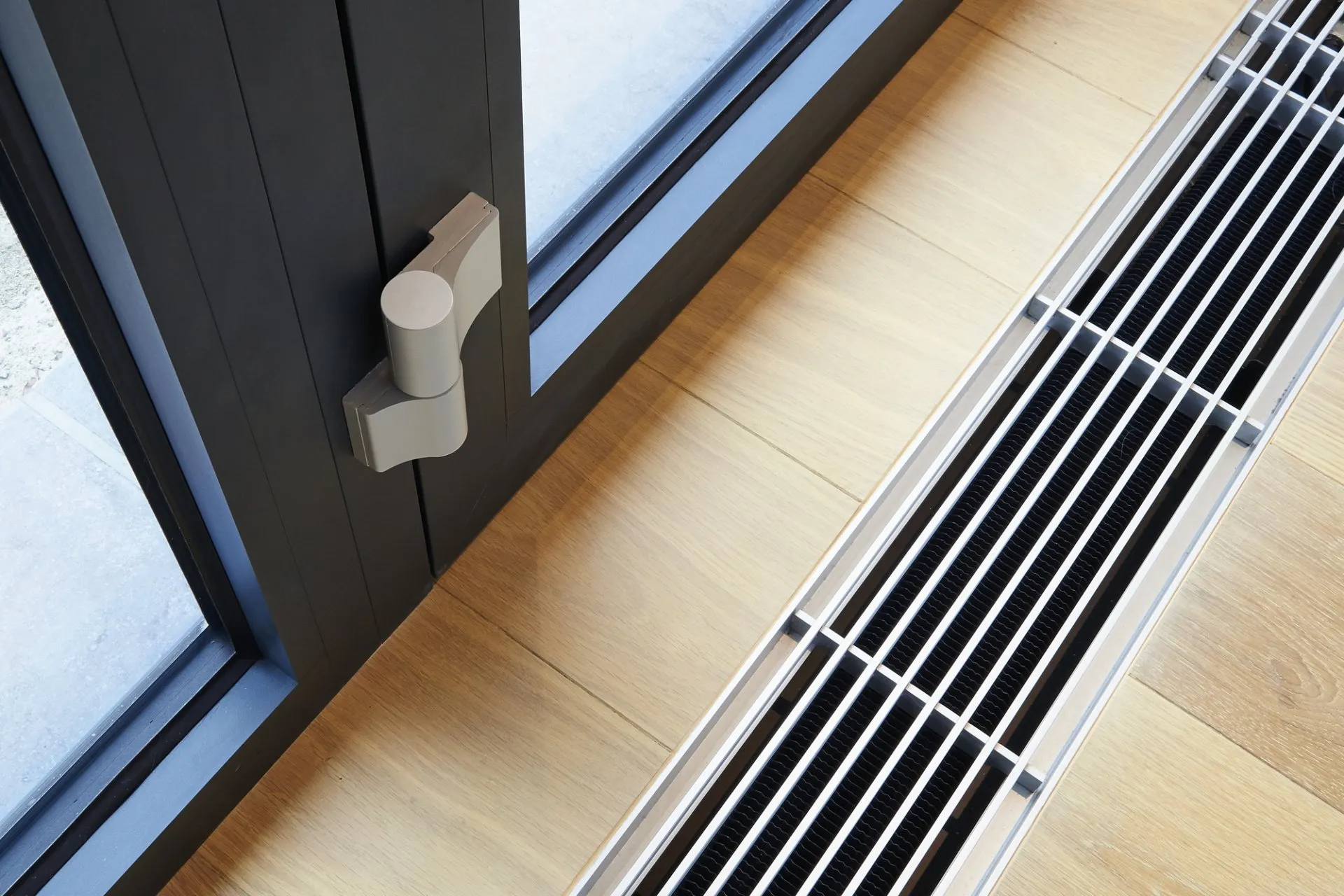
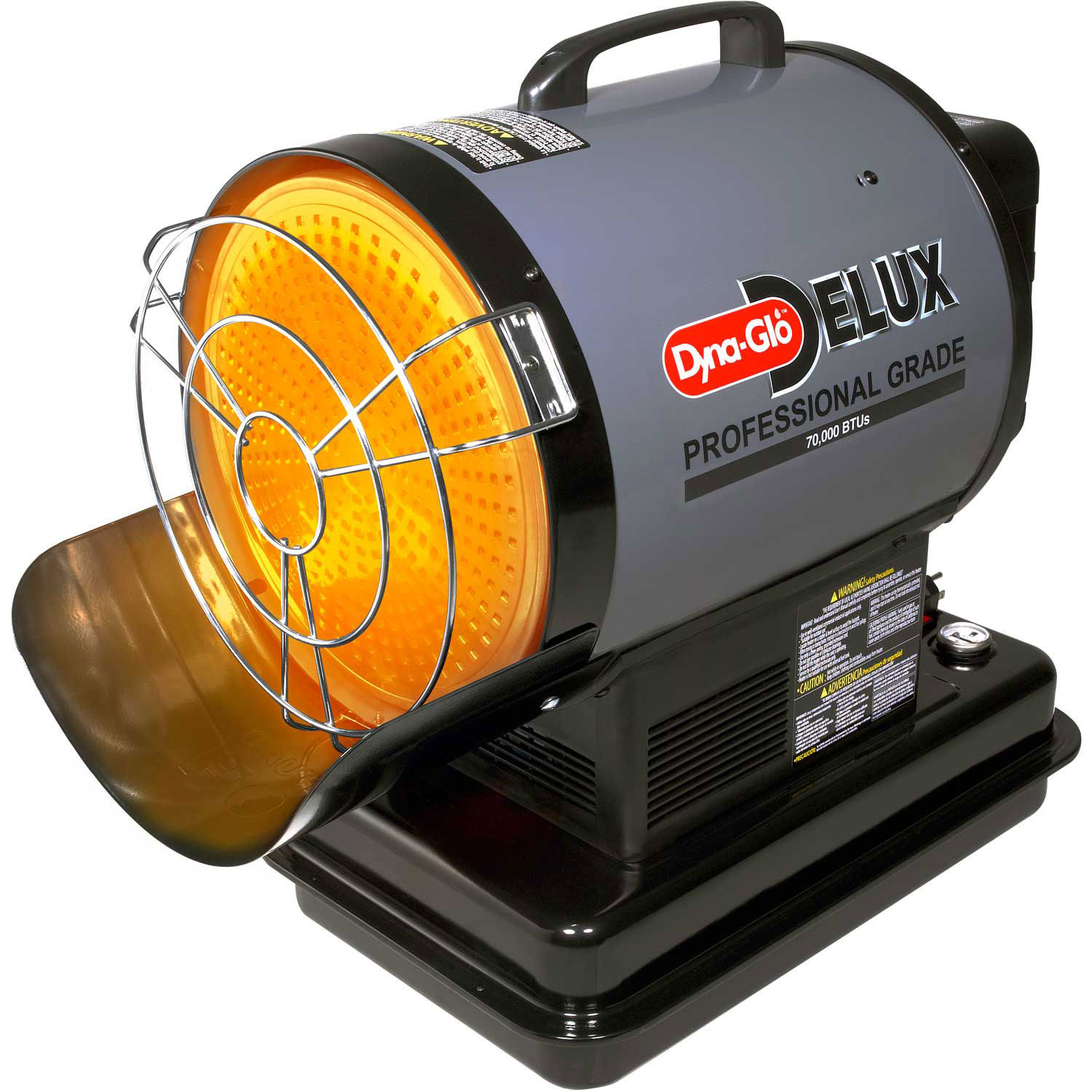
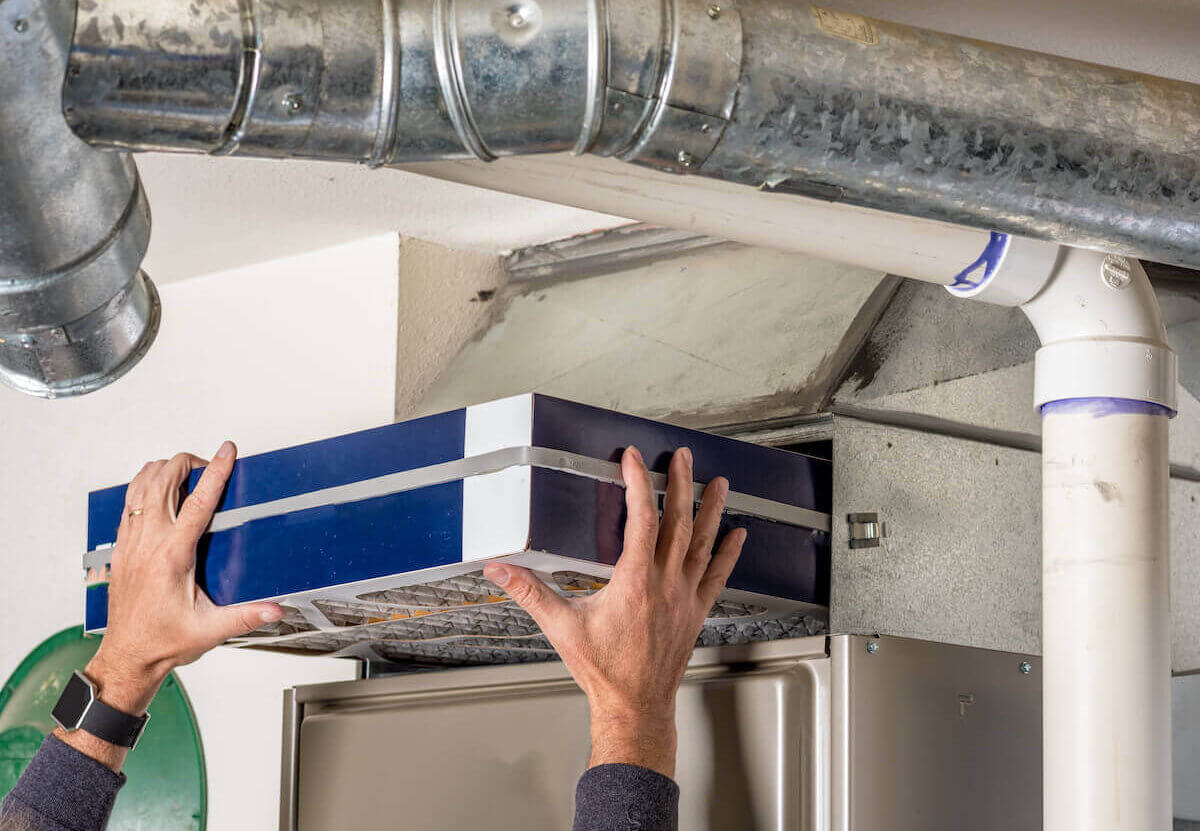
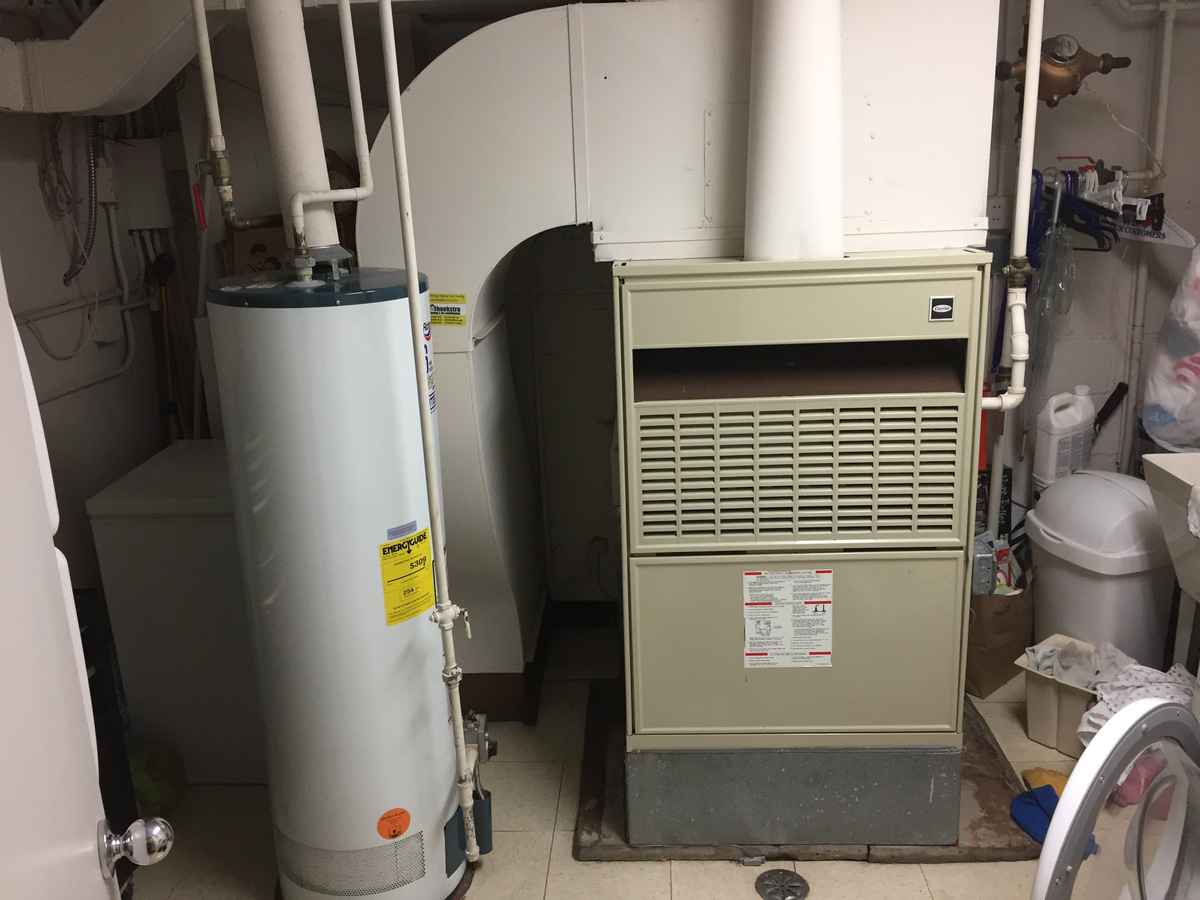
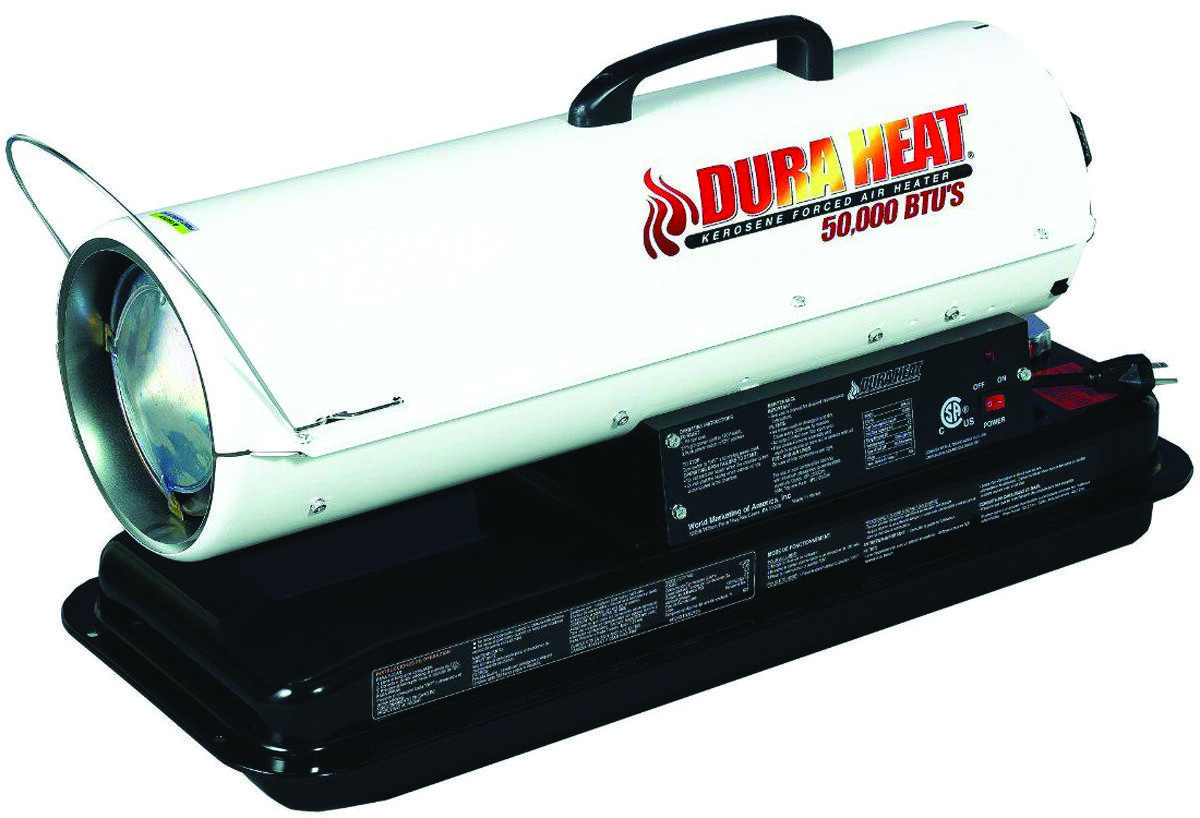
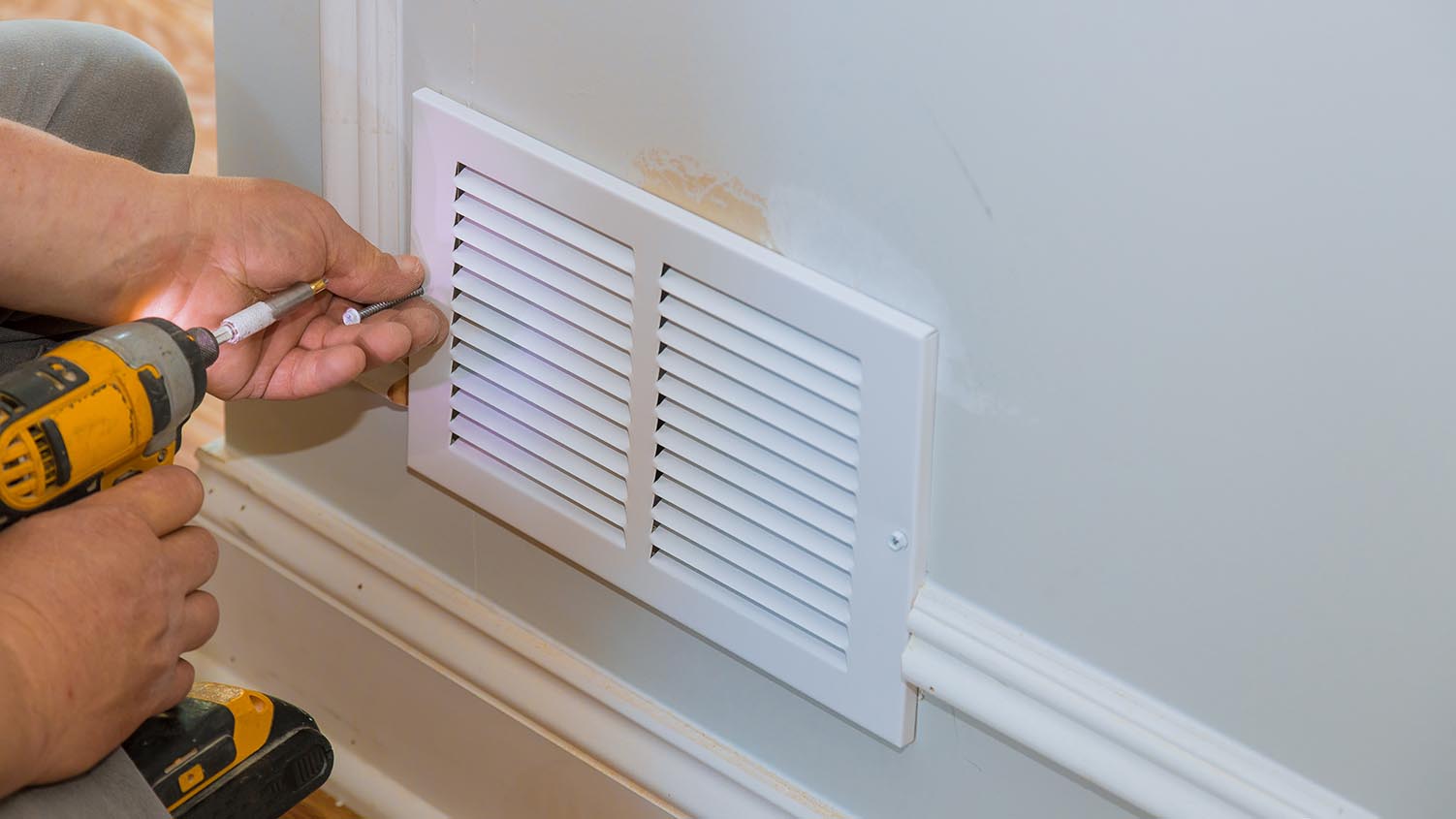
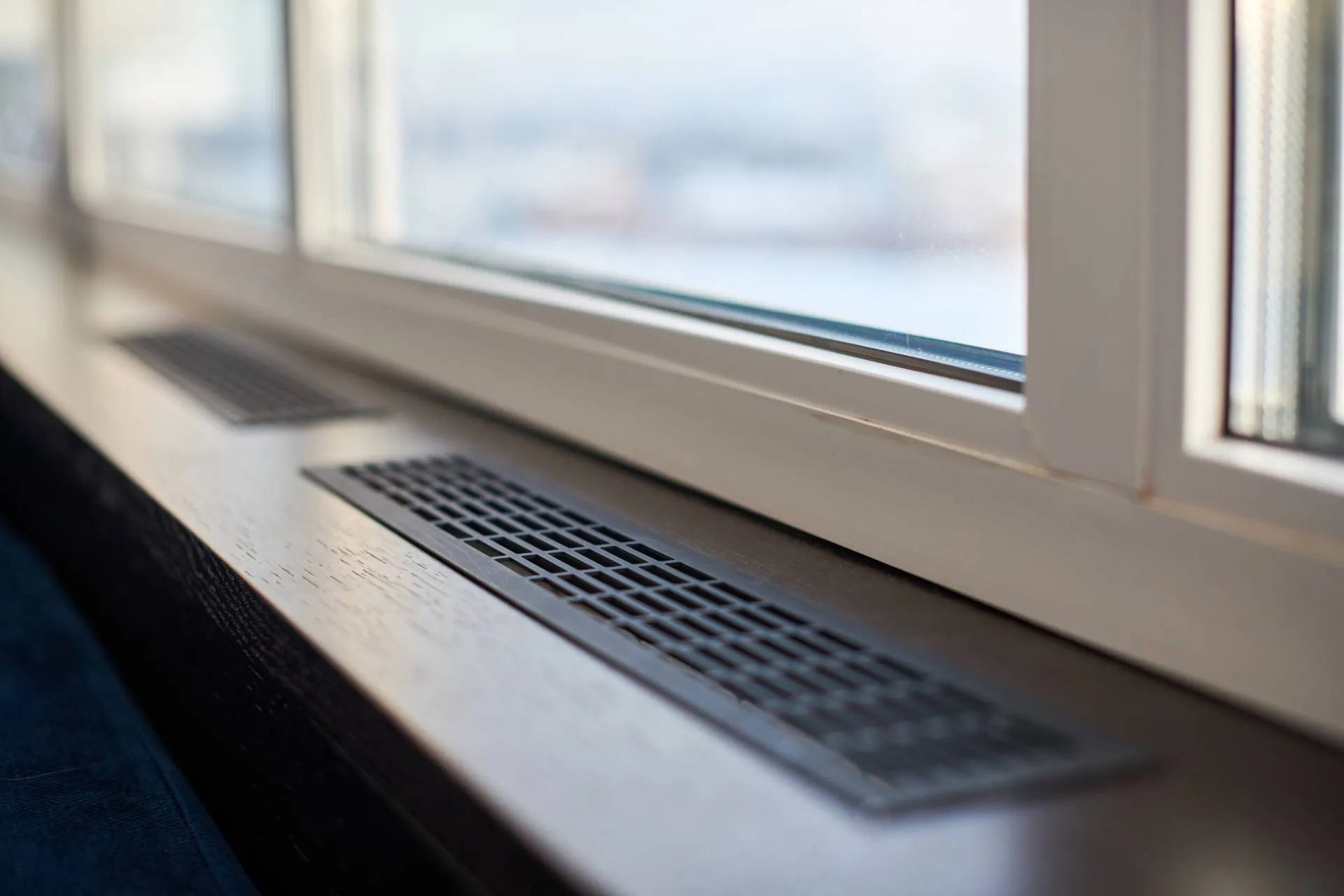

0 thoughts on “How To Humidify A Forced Air Heating Hose”